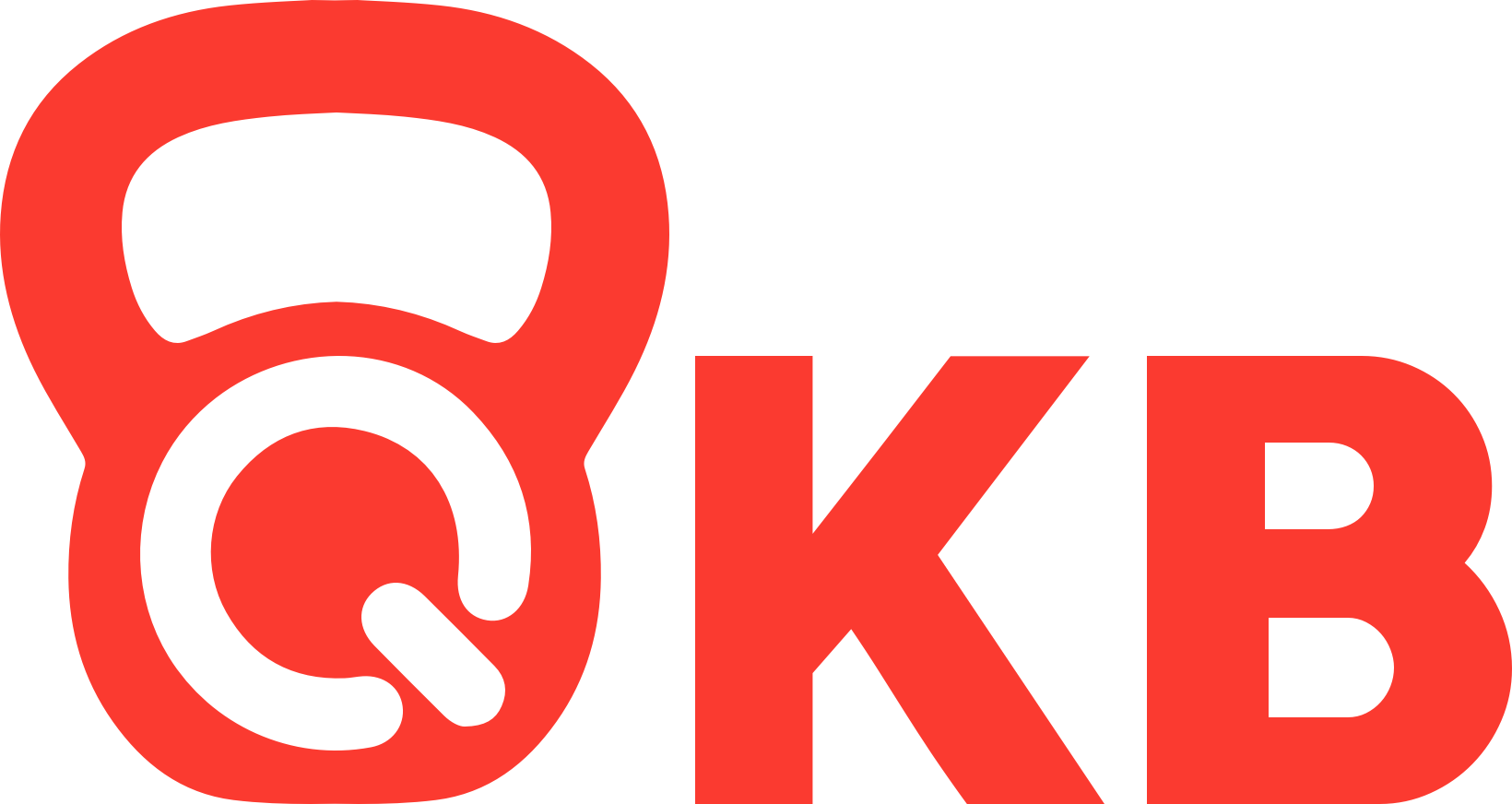Things Trainers Say - 'Keep a Straight Back'
A couple of weeks ago, I was watching one of my clients rocking. As she rocked, I noticed that she was moving to a point where her lower back was changing shape. Essentially, her pelvis was rolling under towards her belly button and her lumbar curve was disappearing. So what did I say to her? I asked her to keep a straight back, which she promptly did, helping me to realise the woeful inadequacy of that cue.
What does keeping a 'straight back' really mean? My client did a great job of straightening out her back and getting her spine to be largely straight from tail to crown, but when I asked her to straighten her back, this was actually not at all what I meant.
What I really meant was for her to maintain her natural S curve in her back. 'Posture is not a position that you hold through conscious effort, rather it's a reflexive response to a stimulus...' If you watch someone with good posture as they stand tall, you'll notice that their back is not perfectly straight, but that the back curves gently from the backside into the lower back, before reversing the curve as it approaches the upper back, and finally finishing in a long tall neck that continues almost straight into base of the skull.
It's important to note that good posture looks different in different positions. As Tim Anderson points out in Original Strength, posture is not a position that you hold through conscious effort, rather it's a reflexive response to a stimulus, and so posture is a dynamic, semi-automatic response to whatever we are doing at a given time. Generally though, when we are under load, we want to make sure that the curvature of our spine is maintained throughout the motion. This is what is typically meant by a straight back. 'When you feel your lower back change position, this is a good indicator that you've gone past your controlled range of motion.'
Confused yet? This is part of why this is an unhelpful cue. Now that I've thought about it, I much prefer specific cues. Keep your pelvis in the same position on the way down. Try not to lose this curve as you move. When you feel your lower back change position, this is a good indicator that you've gone past your controlled range of motion. These are all so much more helpful, and more accurately convey the specific idea we are trying to communicate.
Why should we keep a 'straight back'? Keeping your spine in a specific position is usually encouraged because it helps to keep the right musculature doing the right things to keep the spine safe. Usually, this means to keep your lats (the big muscles under your armpits) engaged to support your spine, and to keep your pelvis in a neutral position (rather than tilted aggressively to the front or back) with your backside squeezed tight. In this position, our big muscles are able to do all the work, so that our little muscles can focus on stabilisation and mobilisation instead of trying to support the major load. 'People tend to end up compensating with parts of their body that aren't meant to do the job that they are asking it to do.'
If people start with an excessively bent over starting position in either their upper or lower back, it can restrict the range of motion needed to safely perform a movement, whether that is a squat, a military press, grabbing something off a shelf above them, or picking up their kid. Once this happens, then people tend to end up compensating with parts of their body that aren't meant to do the job that they are asking it to do. Obviously, this is, at best, sub-optimal, and at worst, it's an opportunity for people to injure themselves.
When our trunk is well-positioned, when we have the position that is sometimes referred to as a 'straight back' (but isn't really...), we have the capacity to generate strength and power efficiently throughout our body. When it isn't, we open ourselves up to dysfunction, weakness, and injury. So next time, when someone mentions keeping a straight back to you, you'll know that they actually mean for you to keep the natural curves in your spine!
For more info on our gym classes or kettlebell workouts - contact us at nicci@qldkettlebells.com.au or come along to our next beginner kettlebell workshop!
